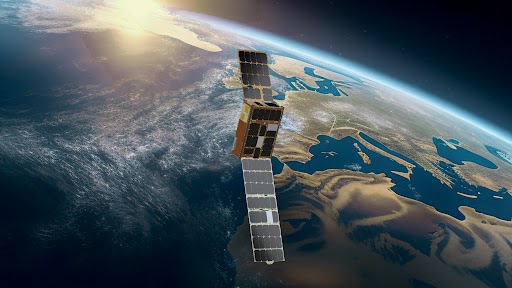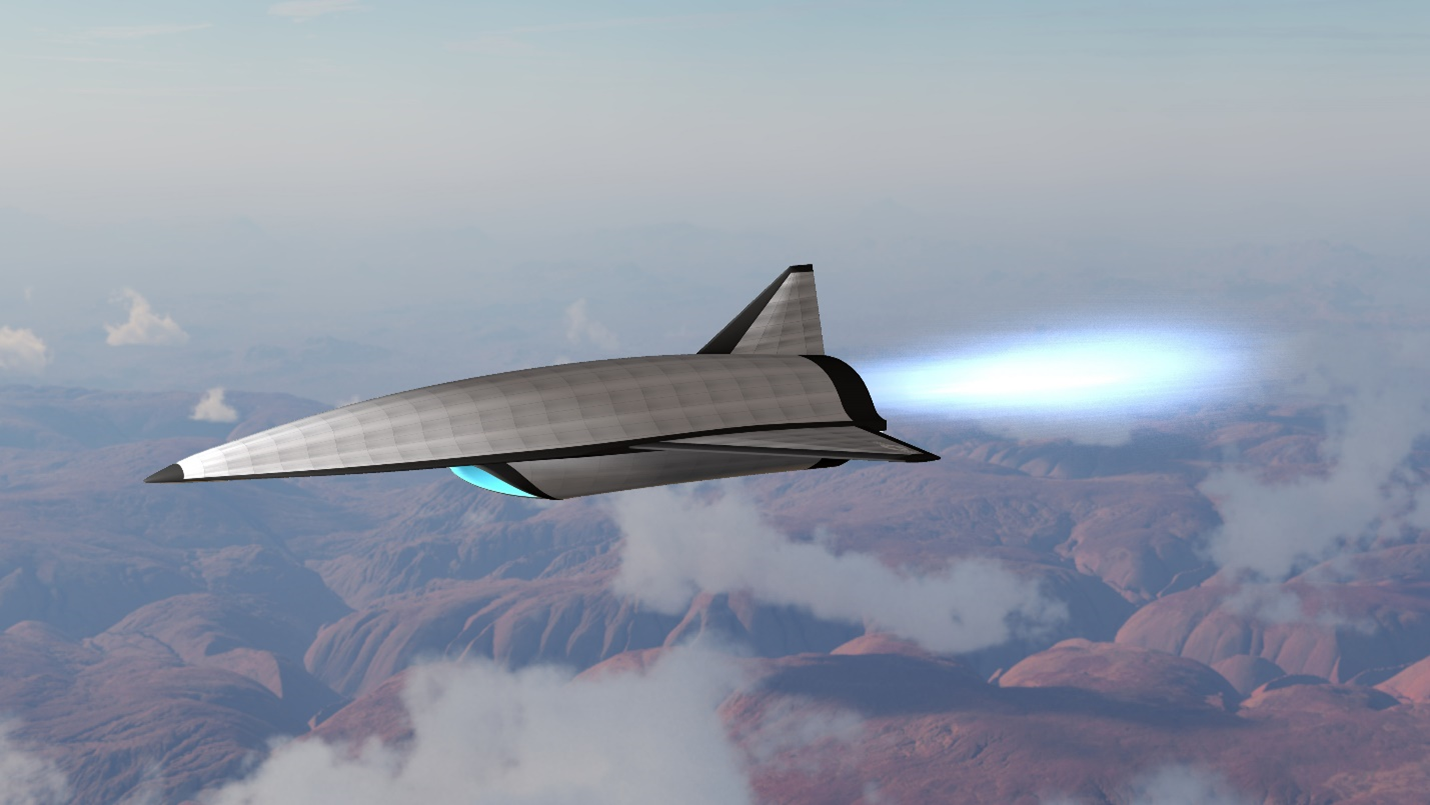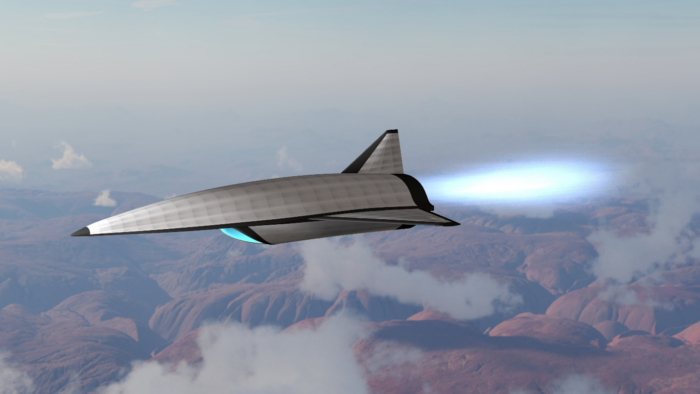Insider Brief:
- ispace, inc. announced that its HAKUTO-R Mission 1 Lunar Lander is now safely orbiting the moon following a lunar orbit insertion maneuver.
- All orbital control operations for Mission 1 have been completed as planned following launch.
- The lunar landing is scheduled to take place around late-April this year.
PRESS RELEASE — Tokyo / March 21, 2023 — ispace, inc., a global lunar exploration company, announced today that its HAKUTO-R Mission 1 Lunar Lander is now safely orbiting the Moon following a lunar orbit insertion maneuver, thereby successfully completing Success 7 of its Mission 1 Milestones.
The Mission 1 Lander performed its first lunar orbit insertion maneuver in accordance with the mission operation plan, at 10:24 (JST), on March 21, 2023, under the direction of ispace engineers at the HAKUTO-R Mission Control Center in Nihonbashi, Tokyo. After a controlled burn from the lander’s main propulsion system lasting several minutes, the maneuver was successfully completed.
In general, all orbital control operations for Mission 1 have been completed as planned following launch. While the lander has performed multiple deep space maneuver operations, this maneuver represents the longest burn performed by the propulsion system during the mission. These functions during the approximately three-month period verify that the lander performs as designed and demonstrates the high operational capability of ispace engineers to perform long-term mission operations.
The achievement demonstrates ispace’s ability to successfully deliver spacecraft and payloads into a stable lunar orbit. The successful insertion of the lander into lunar orbit is an important step toward the establishment of a payload transportation service, as it demonstrates that ispace is capable of transporting customer payloads to orbit around the Moon. Future ispace missions will involve deployment of satellites into lunar orbit.
Currently, ispace is in active negotiations with a number of global companies regarding future lunar missions, many of which have identified demand not only for lunar landings but also for transportation to orbit around the Moon.
During Mission 3, two relay satellites are planned to be injected into lunar orbit to establish communications with the landing site on the far side of the Moon. The valuable data and know-how gained from today’s operation is being incorporated into mission planning for Mission 3 in order to enhance technical reliability.
The completion of all lunar orbital maneuvers prior to the beginning of the landing sequence—Success 8 of the Mission 1 Success Milestones—is scheduled to be announced around late-April 2023. The lunar landing, Success 9, is then scheduled to take place around late-April 2023. Specific information on date and time of the landing will be announced in the future.
Mission 1 Milestones
For Mission 1, ispace has set 10 milestones between launch and landing, and aims to achieve the success criteria established for each of these milestones. Recognizing the possibility of an anomaly during the mission, the results will be weighed and evaluated against the criteria and incorporated into future missions already in development between now and 2025. Mission 2 and Mission 3, which also will contribute to NASA’s Artemis Program, will further improve the maturity of ispace’s technology and business model. Future announcements on progress of milestone achievement are expected to be released once attained.
SOURCE: ispace
Featured image: Mission 1 milestones. Credit: ispace
For more market insights, check out our latest space industry news here.
Share this article:










